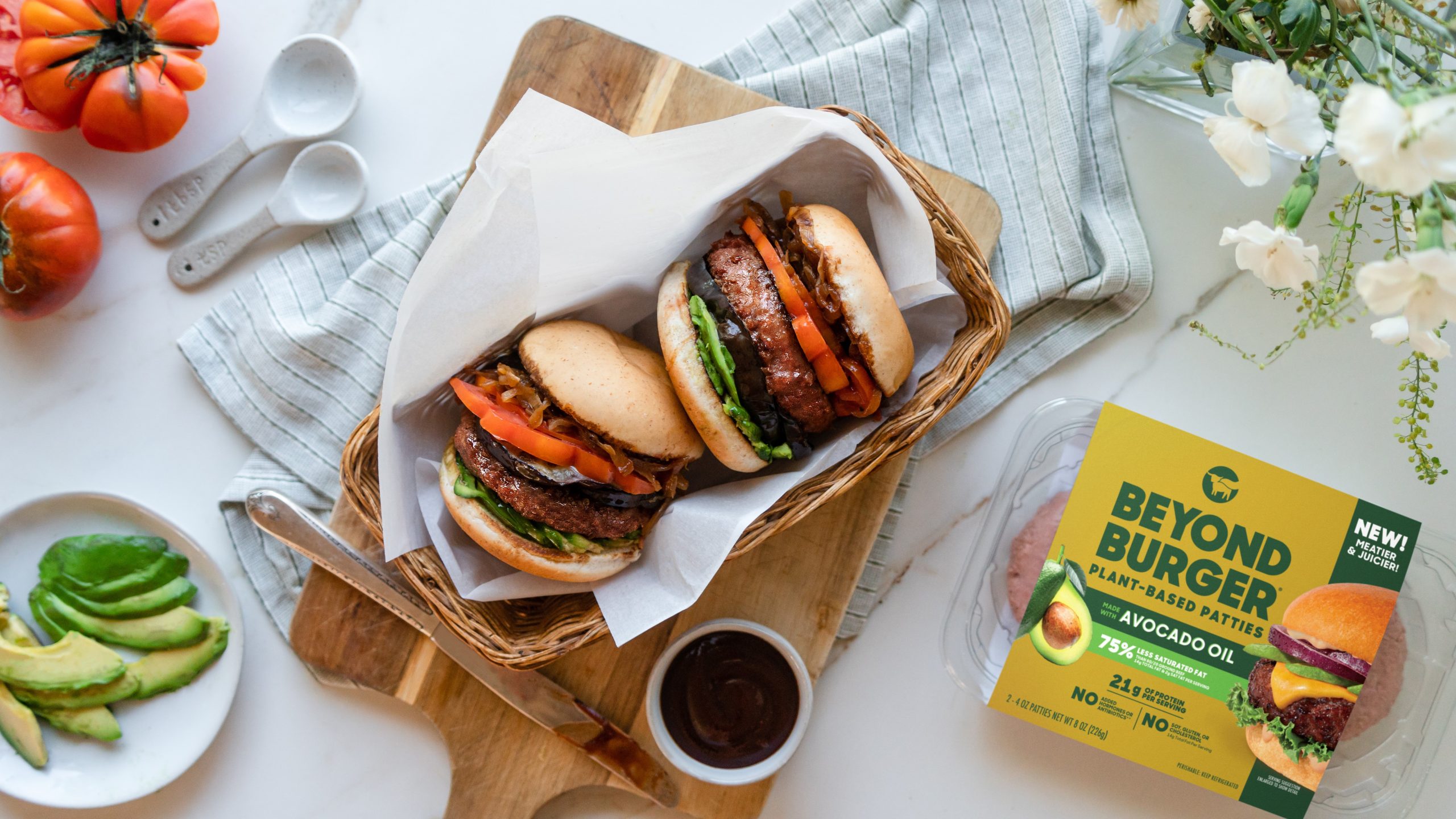When it comes to nutritional value, plant-based products that mimic meat are a tricky category to navigate. The Food Institute spoke with two dietitians to outline some of the healthiest alt-meat products available today and break down best practices for reading nutrition labels.
“My emphasis [as a dietitian] is always on whole foods and trying to get clients to eat more fruits and vegetables — not plants that are imitating meat,” Barbara Ruhs, MS, RDN, told The Food Institute. “But in reality, we all like to eat things that taste good. When I see this flood of new plant-based alternatives, it’s just about giving consumers more tasty choices that resonate with their values or health goals.”
Understanding Processed Proteins
Most meatless or plant meat ‘impersonators’ are highly processed foods, according to NOVA food processing classification system.
“Typically [these products] need a plant source of protein which comes from any of the following: soy, beans and legumes (pea, mostly), texture vegetable protein — a mixture of wheat gluten and, typically, soy — or, less commonly, nuts and seeds.”
Soy and pea proteins are often considered the most comparable to meat in terms of the type and amount of protein they provide, registered dietitian Lizzie Streit, MS, RDN, LD, told The Food Institute. Meat-mimicking products typically use isolates of pea or soy proteins, however, which means they don’t contain these ingredients in their whole forms.
“As a result, the consumer is missing out on some of the nutrients and compounds you get when you eat whole peas or products made with whole soybeans, such as fiber and micronutrients,” Streit said. “Some protein isolates still contain these things, but it depends on the brand or product.”
Scanning Labels for Personalized Health Goals
When it comes to inspecting food labels, meat-mimicking alternatives are always going to have a longer ingredient list. Furthermore, what’s considered “healthy” depends on the individual consumer — what they want out of the product, and whether they are trying to avoid or limit specific ingredients due to allergies.
“If a consumer’s desire is to purchase something that will satisfy a meat craving, these additives and fillers may be desirable in their eyes,” said Streit. “Or, if a consumer wants to find a product that contains an amount of protein similar to what’s found in meat, a high-protein meat alternative made with soy or pea protein isolate may fit the bill.”
The first thing Ruhs checks is the grams of protein provided for the serving size. “If you use chicken or beef as the standard to compare against – 3 oz. offers 25 grams of protein.”
“In general, I am scanning the nutrition facts and the ingredient list [and asking] is the sodium really high? What about additives, flavorings, and colorings?” she added.
Recommended Products: Balancing Nutrition and Versatility
While none of the meat mimics are truly the pinnacle of health from a dietitian’s perspective, when consumers opt to purchase them, Ruhs believes that they are “looking for the plant-based alternative as the priority ‘health’ concern — and then selecting something that tastes good. At the end of the day, I think taste dictates here.”
Accordingly, below are some product recommendations from Ruhs that also offer versatility when it comes to making meals.
Serving size: (88g) ¾ cup – 170 cal., 21g protein, 6g fat, 2g fiber
To regain favor with health-conscious consumers, Beyond Meat created a product that was eligible for heart check certification — a front-of-package label from the American Heart Association (AHA).
“[This] is a paid certification, it has nutrition qualifications, but there’s plenty of other companies that are equal in nutrition virtues that cannot afford the AHA seal/label.”
In April 2023, Beyond Steak was also the first plant-based meat product to receive the Good Housekeeping Nutritionist Approved Emblem.
Daring Original Plant Chicken Pieces
Serving size: 2.5 oz (70g) – 90 cal., 14g protein, 2g fat, 5g fiber, limited ingredients (soy protein)
“Daring has gotten as close to the texture of real meat that I’ve found in the supermarket. If you want meat but don’t want to eat animals, Daring is the brand that will satisfy you.”
Deliciou Plant-based Pork (minced)
Serving size: ½ cup (35g) -120 cal., 20g protein, 1g fat, 4g fiber, limited ingredients (wheat & pea protein)
“Meatless pork innovation is starting to pop up more than ever. I haven’t tried this yet, but the flavor of pork for making meatless meals is a great idea.”
Serving size: (65g) – 110 cal., 10g protein, 5g fat, 4g fiber, limited ingredients (pea protein)
“Mushrooms are very trendy and very meaty tasting, naturally! Mushrooms have umami – a flavor profile that is just like meat, so it makes sense that mushrooms are starting to pop up in the plant-meat space.”
Simple Truth Blended Beef + Mushroom Burger (private label for Kroger)
Serving size: 1 patty (151 g) 280 cal., 19g protein, 21g fat (8g sat fat), 1g fiber (contains meat)
“Someone at Kroger is paying attention to trends – this is the only half-meat and half-blended burger I’ve seen in the frozen food aisle. I think it’s fun to blend your own at home…but in a pinch this is a good option.”
Trends to Watch
- Organic Attributes: With their Organic Plant Meatball Mix, Plant Boss “is going with the organic callout to set themselves apart.”
- High-End Ingredients: “I haven’t tried Neat Mexican Meat Replacements yet, but they’re made with ingredients like pecans, garbanzo beans, and chia.”
- Diet-Related Positioning: Greek-inspired options by Mega Meatless include Yeeros (gyro slices), kebab, and falafel, along with meatballs, burgers, and nuggets inspired by Greek flavors. “In a way it is subtle health marketing – the Mediterranean Diet is one of the healthiest eating styles out there, so this is a smart strategy.”
Editor’s Note: This is part one of two articles exploring the healthiest meat alternatives. Part two will feature unique and innovative whole food-based products.










